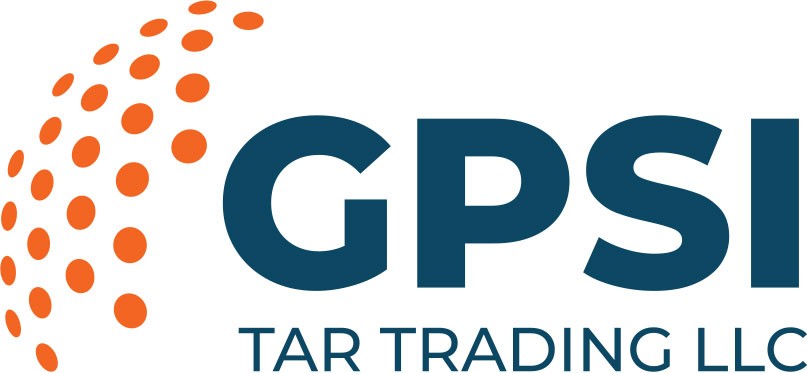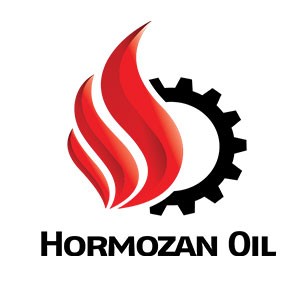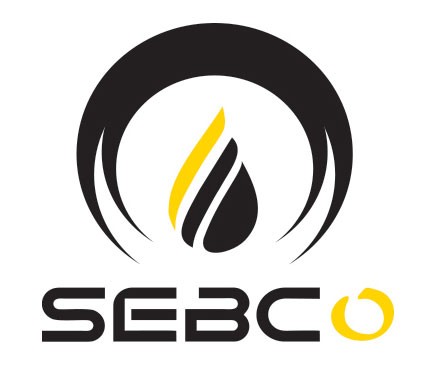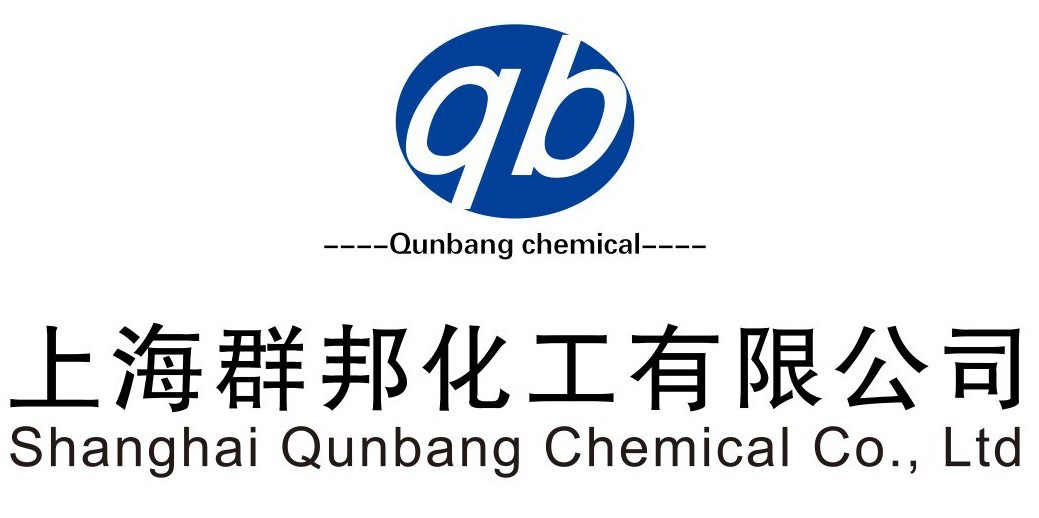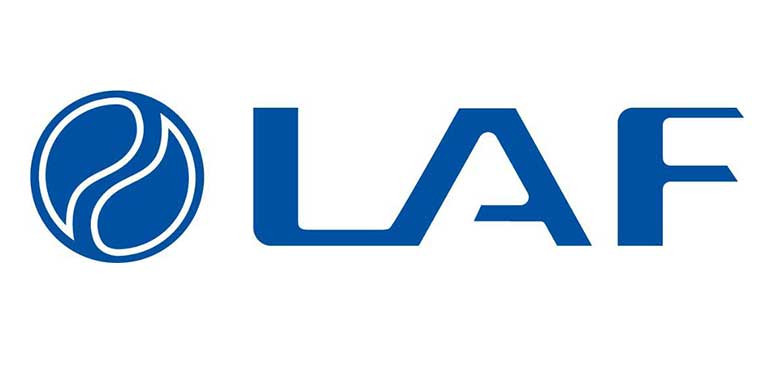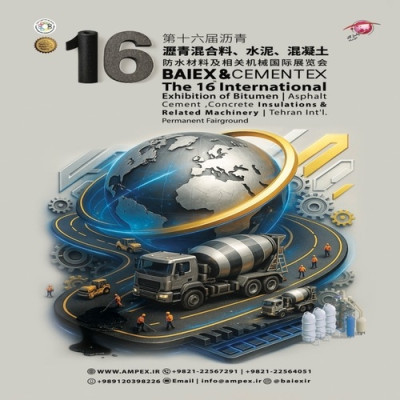In the face of declining profit margins and rising Saudi petroleum prices, Asian refineries are reducing their consumption of Middle Eastern petroleum and increasing their intake of petroleum from the United States and Brazil.
However, this diversification of supply is currently quite moderate, and Saudi Arabia remains the largest petroleum supplier to Asia, far ahead of the US and Brazil. Whether this situation will become a trend is unclear, given the availability of relatively cheap Russian crude oil.
According to a Reuters report, data from the financial company LSEG shows that Asia’s petroleum imports from Saudi Arabia decreased from 5.07 million barrels per day in March to 4.88 million barrels per day in April. The average import from Saudi Arabia in April was significantly lower than the daily import of 5.52 million barrels in February.
This decline followed repeated increases in Saudi Arabia’s petroleum selling prices, which, coupled with weaker fuel demand, led to reduced refining margins for Asian refineries and naturally prompted them to seek cheaper alternatives.
Saudi Arabia has been raising its official petroleum selling prices every month since March. In the latest price hike, the price of "Arab Light" petroleum grade was set at $2.90 per barrel above the average base price of Oman/Dubai crude. The current price of over $83 per barrel for this grade is much higher than the $79 per barrel for West Texas Intermediate (WTI) in the US. Thus, petroleum grades related to the US benchmark appear cheaper. Additionally, Brazilian crude, which is usually priced based on the US benchmark, seems more affordable.
American continent petroleum is not the primary choice for Asian refineries because the longer transport routes increase costs, potentially nullifying any price discounts and making the switch largely meaningless. Nonetheless, data on increased petroleum imports from the US and Brazil to Asia suggests that this shift might make sense for some refineries under current conditions.
The diversification of petroleum supply sources in Asia may not have accelerated much yet, as the market widely expects OPEC+ to stick to its supply restriction policy in the group’s June 1 ministerial meeting. This means that even if Saudi Arabia stops raising its petroleum prices, it is unlikely to lower them, making Saudi petroleum more expensive compared to other options, including the petroleum of Russia, which is Riyadh’s partner in OPEC+ and currently the largest supplier to China and India.
Unless the Saudis reduce their prices, Asian refineries are likely to continue increasing their petroleum purchases from the US and Brazil. However, the existing capacity of these refineries to process lighter and sweeter US crude limits the extent of this increase. Most refining capacity in Asia is configured to handle medium and heavy crude oils, which refineries purchase from the Middle East and Russia.
Demand is another factor that could impact refining margins in the coming months. There are concerns about the health of demand in Asia in general and China in particular, especially as Beijing’s petroleum purchases decreased last month.
According to Oil Price, LSEG data shows that Asia's petroleum imports in April fell by 440,000 barrels per day compared to March. The four-month average daily imports were 300,000 barrels per day higher, which is disappointing, especially for OPEC, which had anticipated stronger demand growth.


